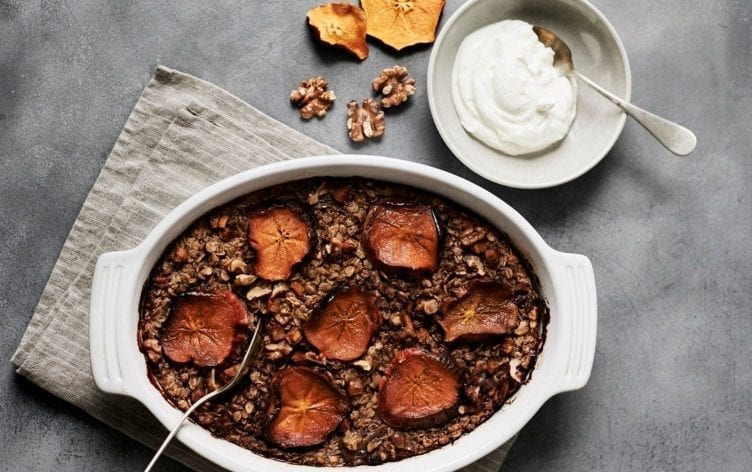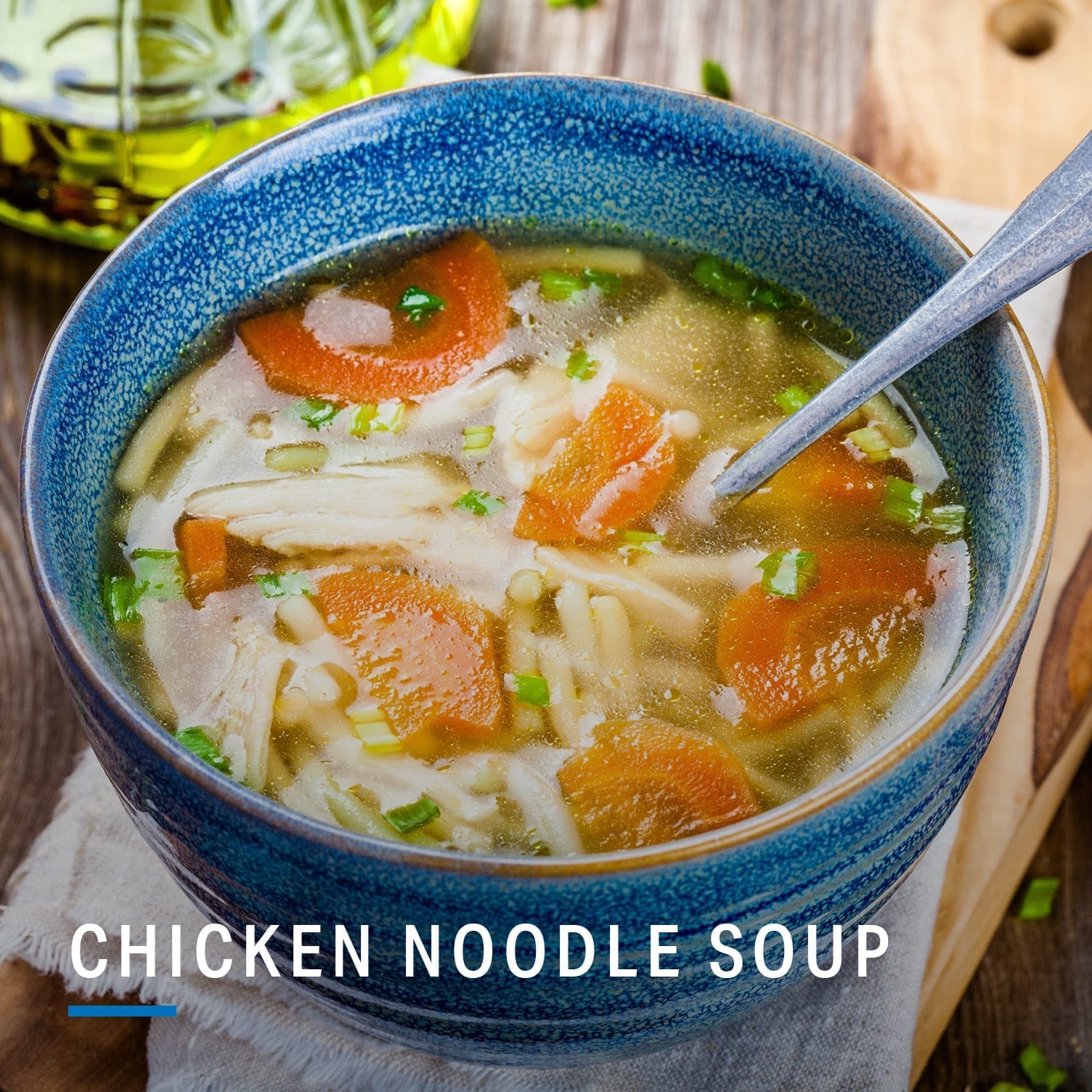
When the weather turns chilly, our appetites turn to warmer and more comforting meals. That might go double if you’re an athlete. The good news is eating in-season foods offers many nutrition benefits. Here are seasonal options a sports dietitian believes should be part of your fall-inspired performance menu.
PRE-WORKOUT FOODS

Not to be confused with a pumpkin spice latte, a pumpkin latte utilizes real pumpkin puree. This seasonal favorite is a great option to get your body ready to work hard. Caffeine is a known performance-enhancer, improving endurance and muscular strength. Add sugar, an immediate source of energy for the body, and you’ve got just enough to power through a quick workout. Adding pumpkin to a standard sweetened latte is a bonus. The squash contains potassium, an electrolyte your body needs to maintain muscle and nervous system function, and beta-carotene, vitamin A’s precursor and a potent antioxidant. While more research is needed on the human benefits, a study that administered pumpkin extract in mice found it increases glucose availability during exercise, which is a valuable training adaptation.
To make your own, combine espresso with the steamed milk of your choice, a hefty scoop of 100% pumpkin purée, pumpkin spice and a bit of maple syrup.

Swap the granola you enjoyed all summer for a warm chunk of baked oatmeal. This make-ahead meal is ideal for on-the-go athletes who need something hearty and filling to fuel hours of endurance training. Oatmeal is a preferred grain for endurance training as it provides significant satiety and appetite control without feeling heavy or bulky. The grain also supplies all three macronutrients, meaning it provides fast- and slow-burning energy and helps prevent muscle breakdown during training.
When you make an oatmeal bake, you can add nut butter, eggs, nuts, fruit and spices to customize it to your taste and nutritional needs.

Not everyone works out first thing in the morning — and for those athletes, soup is a great choice! Broth-based options provide a combination of sodium and hydration to help prepare the body for heavy sweating, and noodles are relatively easy carbohydrates for the body to digest to provide fast-acting energy.
Try making soup at home by simmering high-quality ingredients like bone broths, canned tomatoes, chopped vegetables and grains together or roasting and pureeing vegetables with broth; you’ll be surprised how easy it is to make a good soup and how well your body feels with this as your workout fuel.
POST-WORKOUT MEALS

Curries are typically thought of as an indulgent comfort takeout meal for brisk weeknights; however, not all curries are equal. While some are loaded with cream, many are full of plant-forward ingredients like squash, chickpeas, potatoes, spinach and eggplant. Beyond the nutritional benefits of a plant-forward meal, the magic of this dish is in the sauce itself. Curry powder contains metabolism-stimulating and anti-inflammatory properties from chilies, ginger, garlic and curcumin. Curcumin is the active compound responsible for the bright yellow hue in turmeric and has been linked to boosting heart, digestive and mental health. There is also evidence curcumin consumption might promote muscle recovery and reduce muscle soreness. Curcumin does need a partner to make it more bioavailable and beneficial to the body, so add a bit of black pepper to your next dish for a delicious way to recover from hard workouts.

It’s likely you’ll eat more turkey during the fall than any other time of year (hello, Thanksgiving). Turkey is a good protein source, providing roughly 25 grams per serving, but that protein is rich in branched-chain amino acids, which help promote muscle growth, reduce adverse effects of overtraining and might even prevent mental fatigue. Beyond protein, turkey is nutrient-dense, packed with B vitamins, iron and selenium. These nutrients help athletic bodies metabolize food into energy, get oxygen to working muscles, and promote a positive mood. Adding turkey to a sandwich is a simple way to create a balanced meal that’s great for busy, on-the-go athletes. Opt for a whole-grain bread and play with a variety of ingredients like sliced apples, hummus, pesto, cheddar or sauerkraut to add color, fiber and more nutrients.

Chili is a comfort food with a bad reputation for being greasy and topped with less nutrient-rich ingredients like corn chips and cheese. Get that image out of your head because a bowl of chili can be so much more than that. Chili is a great way to use dried beans; a budget- and body-friendly ingredient. Beans are a great source of lean plant-based protein and rich in fiber, which promotes satiety and regularity. Most American adults fail to consume the 25–40 necessary grams of fiber each day, but just 1 cup of beans contains roughly 20 grams of fiber. This fiber content can also help provide satiety to regulate post workout appetite swings and food cravings. Add diced chilies, tomatoes, broth, pumpkin, beans and spices to a slow cooker or Instant Pot and add fresh herbs, yogurt or avocado before serving. An added bonus: Chili freezes well, so don’t shy away from making a large batch and saving some for later.
Discover hundreds of healthy recipes — from high protein to low carb — via “Recipe Discovery” in the MyFitnessPal app.



